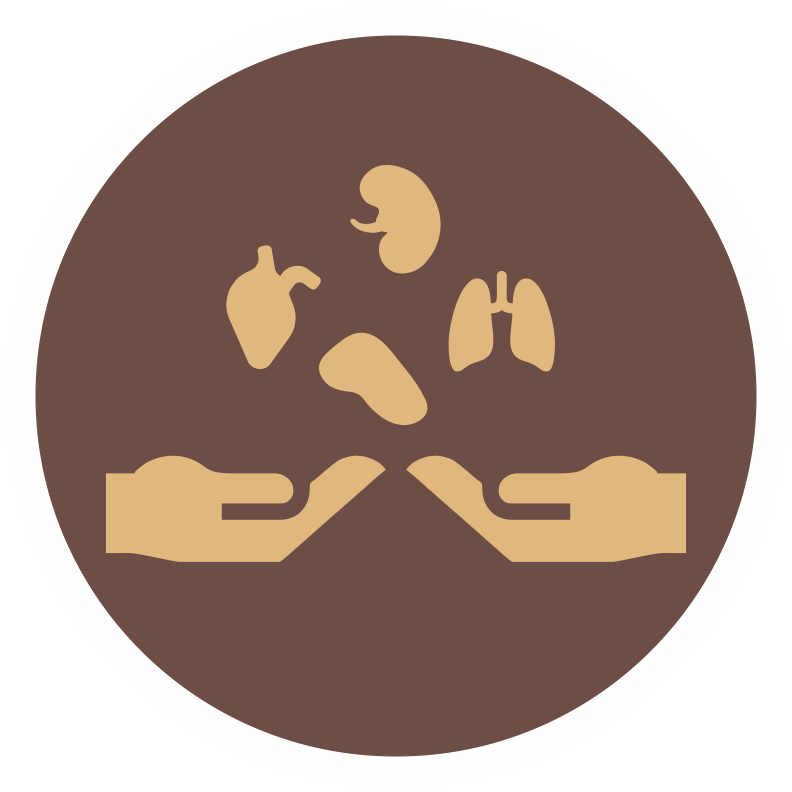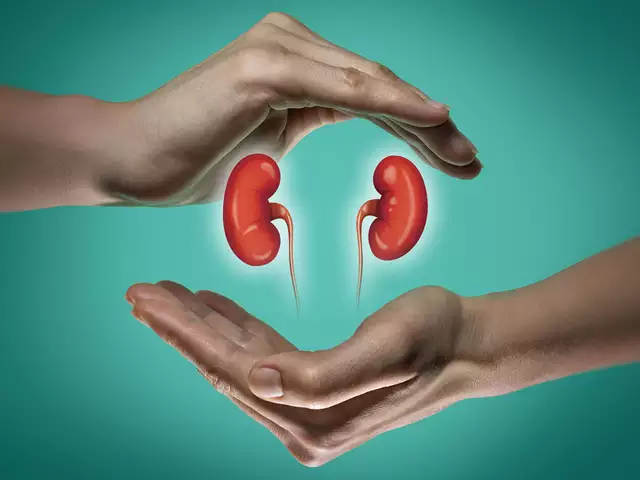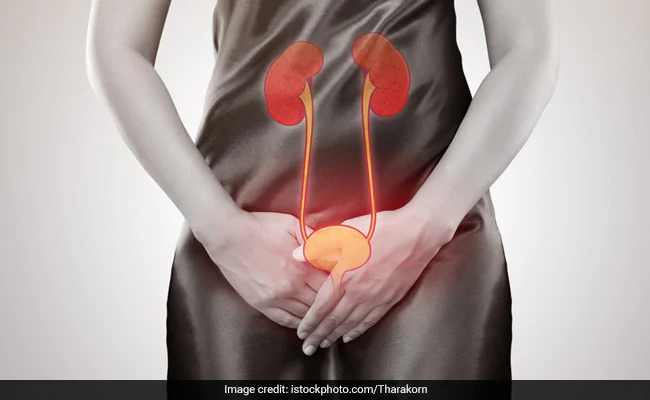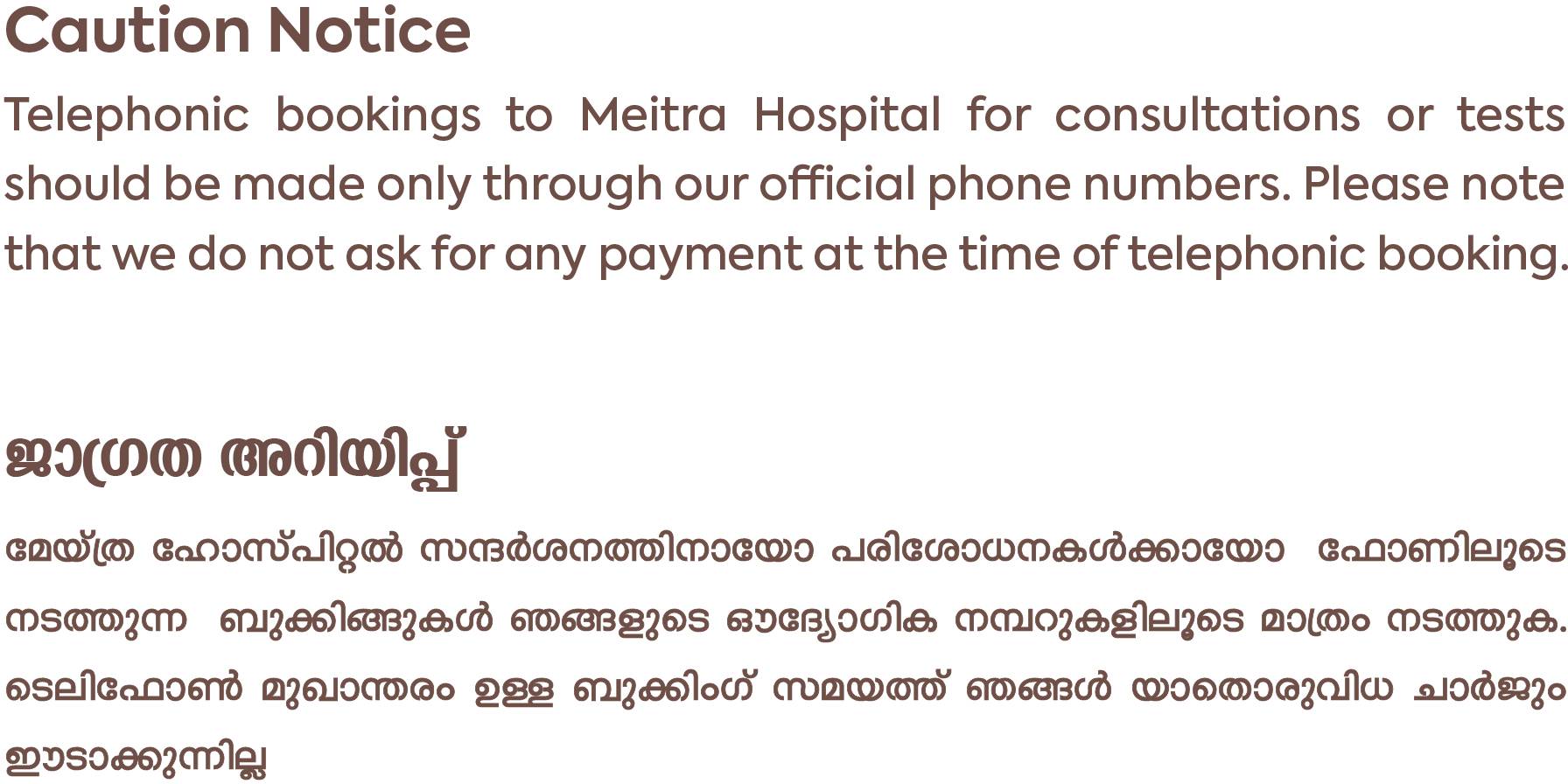- Our Doctors
- Our Specialities
Centres of Excellence
-
 Centre for Blood Diseases, BMT & Cancer Immunotherapy
Centre for Blood Diseases, BMT & Cancer Immunotherapy -
 Centre for Bone, Joint & Spine
Centre for Bone, Joint & Spine -
 Centre for Critical Care Medicine and ECMO Services
Centre for Critical Care Medicine and ECMO Services -
 Centre for Gastrosciences
Centre for Gastrosciences -
 Centre for Heart & Vascular Care
Centre for Heart & Vascular Care -
 Centre for Nephro-Urosciences
Centre for Nephro-Urosciences -
 Centre for Neurosciences
Centre for Neurosciences -
 Centre for Obstetrics and Gynaecology
Centre for Obstetrics and Gynaecology -
 Centre for Organ Transplantation
Centre for Organ Transplantation
Super Speciality
-
 Advanced Diagnostic and Interventional Radiology
Advanced Diagnostic and Interventional Radiology -
 Anesthesiology & Pain Management
Anesthesiology & Pain Management -
 Clinical Nutrition and Dietetics
Clinical Nutrition and Dietetics -
 Dental and Maxillofacial Surgery
Dental and Maxillofacial Surgery -
 Dermatology
Dermatology -
 Emergency and Trauma
Emergency and Trauma -
 Endocrinology and Metabolic Disease
Endocrinology and Metabolic Disease -
 ENT and Head & Neck Surgery
ENT and Head & Neck Surgery -
 Family Medicine
Family Medicine -
 General and Laparoscopic Surgery
General and Laparoscopic Surgery -
 General Medicine
General Medicine -
 GI Onco Surgery
GI Onco Surgery -
 GI Oncology
GI Oncology -
 GI Surgery, Advanced Laparoscopy and Gastro Oncosurgery
GI Surgery, Advanced Laparoscopy and Gastro Oncosurgery
-
- Key Procedures
- Our Hospitals
- International Patient
- Contact us
-
Quick Links
Blogs

Understanding Dialysis
Dialysis is a procedure in which the blood is filtered mechanically without the help of the kidneys. The main function of kidneys is to eliminate waste material from the blood and to maintain fluid balance in the body. There are two main types of dialysis, which are hemodialysis and peritoneal dialysis which have different approaches to removing toxins from the body.
Who Needs Dialysis?
People who have kidney failure, or end-stage renal disease (ESRD), may need dialysis. Injuries and conditions like high blood pressure, diabetes, and lupus can damage kidneys, leading to kidney disease. Some people develop kidney problems for no known reason. National Kidney Foundation guidelines recommend you start dialysis when your kidney function drops to 15% or less or if you have severe symptoms caused by your kidney diseases, such as shortness of breath, fatigue, muscle cramps, nausea, or vomiting.
What Are the Types of Dialysis?
Haemodialysis
Hemodialysis is a procedure where a dialysis machine and a special filter called an artificial kidney, or a dialyzer, are used to clean your blood. This machine acts as an artificial kidney. To get your blood into the dialyzer, the doctor needs to make access by joining an artery to a vein under your skin to make a bigger blood vessel called a fistula. However, if the blood vessels are not adequate for a fistula, a process called grafting is done to join an artery and a vein under your skin using a plastic soft tube.
Peritoneal Dialysis
There are several kinds of peritoneal dialysis but two major ones are: Continuous Ambulatory Peritoneal Dialysis (CAPD) is done without any machines and Automated Peritoneal Dialysis (APD) is usually done at home using a special machine called a cycler. This is similar to CAPD except that a number of cycles (exchanges) occur.
The Difference
Hemodialysis is ongoing dialysis (3 to 5 times a week) that cleans your blood, usually in a dialysis center. The hemodialysis access is in your arm. Peritoneal dialysis is ongoing dialysis (daily) that collects waste from the blood by washing the empty space in the abdomen (peritoneal cavity). It can be done from home.
Pros and Cons of Dialysis
Patients who undergo dialysis treatment have an increased risk of getting an infection. Hemodialysis patients are at high risk for infection because the process of hemodialysis requires frequent use of catheters or insertion of needles to access the bloodstream. The other con is the affordability as dialysis treatment is costly. But the risks outweigh the benefits as dialysis helps to improve the quality of life, especially for the patients awaiting a kidney transplant. Life expectancy on dialysis can vary depending on your other medical conditions and how well you follow your treatment plan. The average life expectancy on dialysis is 5-10 years, however, many patients have lived well on dialysis for 20 or even 30 years, Your doctor and medical team ensure that you stay healthy on dialysis.
Latest Posts
-
 Awake Craniotomy Jul 12, 2022
Awake Craniotomy Jul 12, 2022 -
 Curing Constipation Jul 12, 2022
Curing Constipation Jul 12, 2022 -
 The ‘Gut Health’ Buzz Jul 12, 2022
The ‘Gut Health’ Buzz Jul 12, 2022 -
 Tips to Prevent UTI Jul 12, 2022
Tips to Prevent UTI Jul 12, 2022
Categories
- Clinical Nutrition and Dietetics
- Endocrinology and Metabolic Disease
- General and Laparoscopic Surgery
- General Medicine
- Physical Medicine and Rehabilitation
- Psychiatry
- Centre for Heart & Vascular Care
- Centre for Bone, Joint & Spine
- Centre for Neurosciences
- Centre for Gastrosciences
- Centre for Nephro-Urosciences
- Centre for Blood Diseases, BMT & Cancer Immunotherapy
- Centre for Obstetrics and Gynaecology

 +91 9393 108 108
+91 9393 108 108

















































